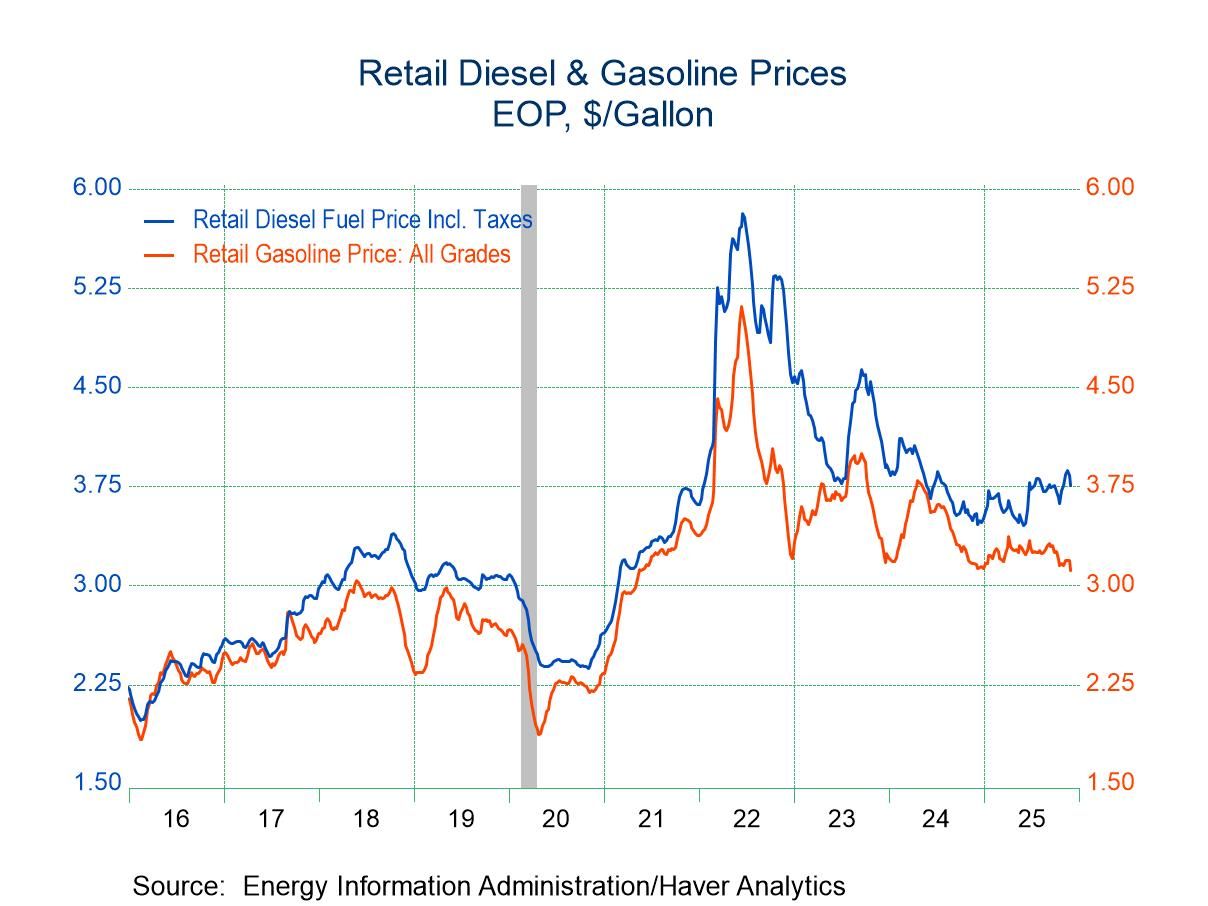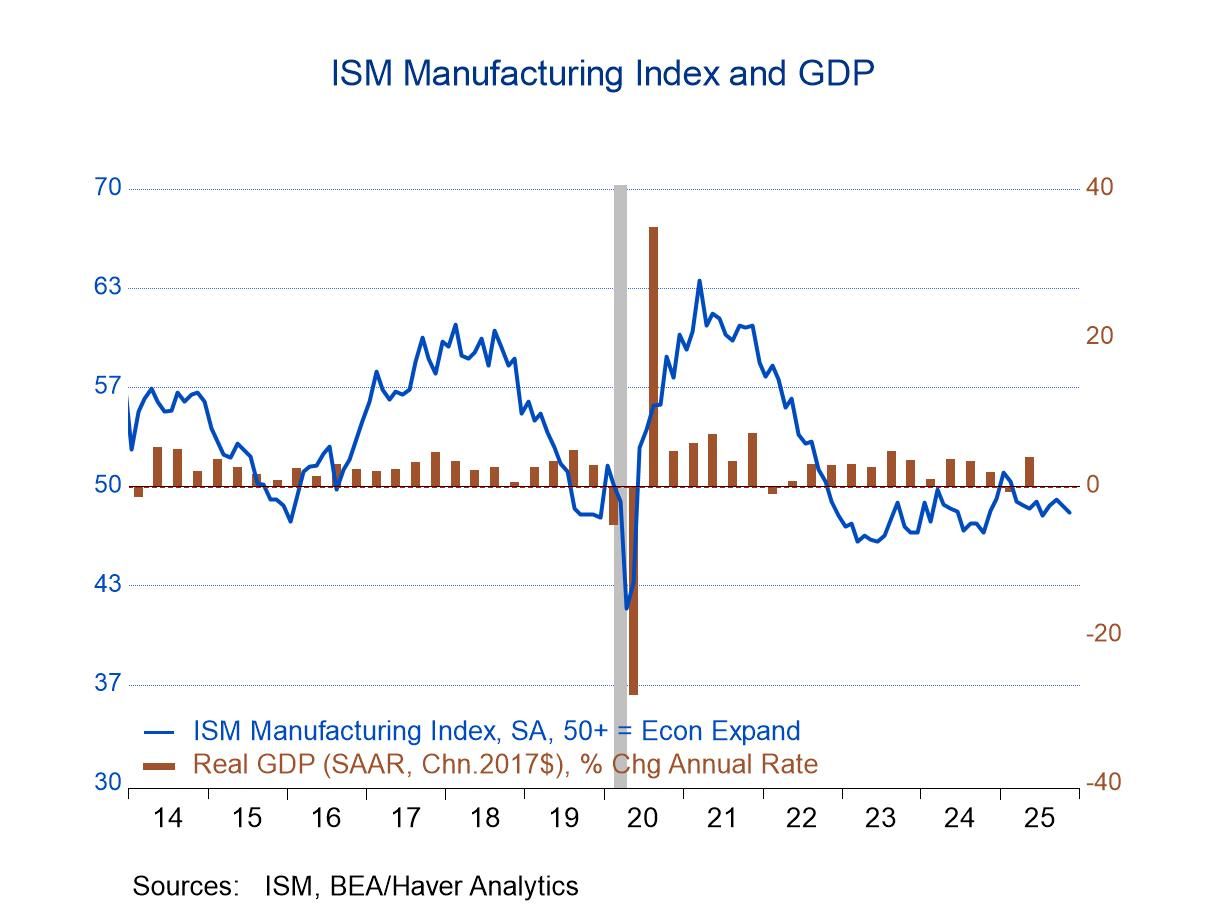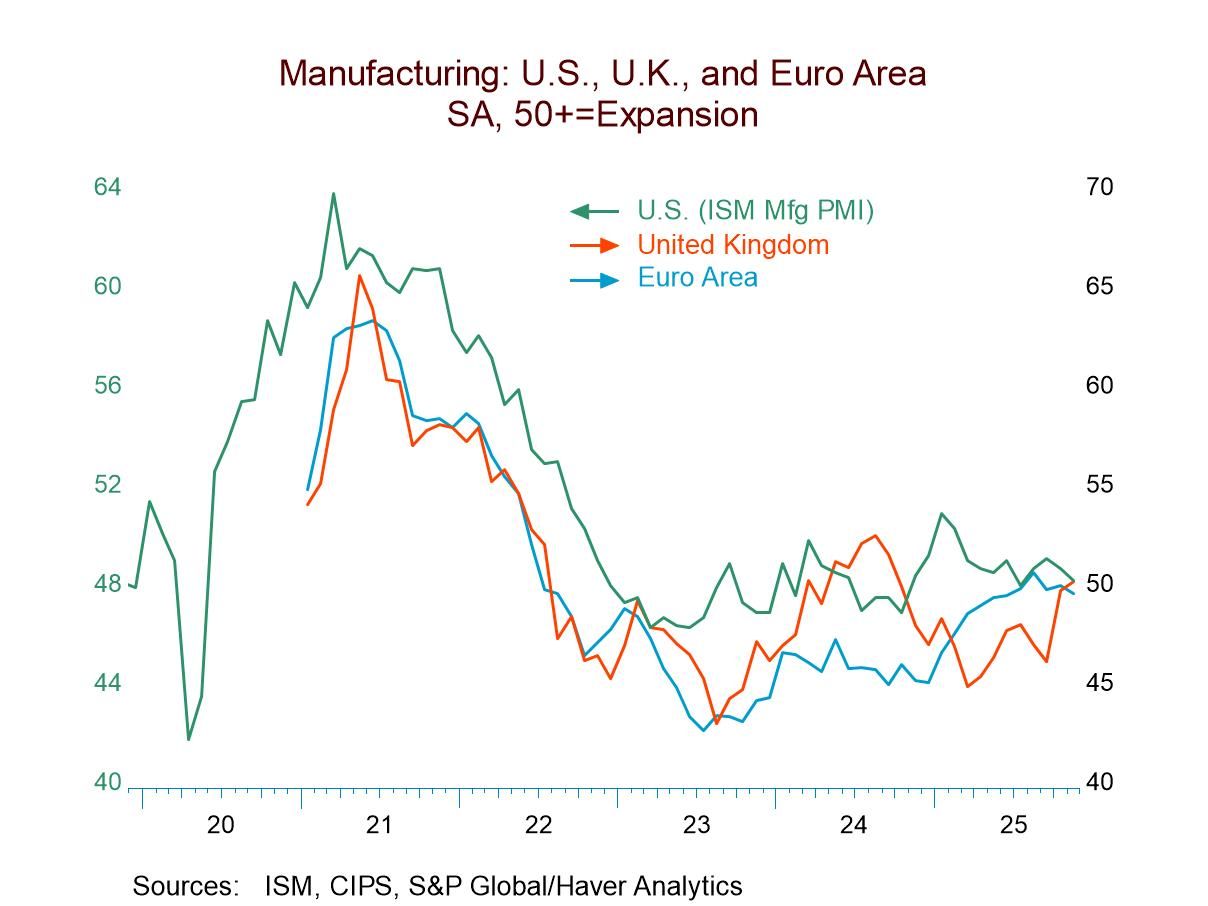EMU IP Falls Sharply in March

Industrial production in New York in monetary union fell by 4.1% in March after increasing in January and in February. Manufacturing output fell by 5.9% after two months of increases. During this three-month stretch the monitoring and manufacturing purchasing managers index weakened in each of the three months.
Sequential trends Looking at broader sequential changes, industrial production in the European Monetary Union fell by 2.1% over 12-months, fell at a 7.9% annual rate over 6-months, and fell at an 8.3% annual rate over 3-months. For manufacturing, output falls 1.7% over 12-months, at a 10.4% annual rate over 6-months, and at a 14.4% annual rate over 3-months. Both the overall and manufacturing definitions of industrial output in the monetary union are declining; output declining on all three horizons and it's declining at an accelerating pace both overall and in manufacturing.
By sector in March The results in March show an increase in output for consumer durables, a decline in output for consumer nondurables, a decline for intermediate goods output and a very sharp decline of 15.4% for capital goods output. For consumer goods output overall there is a decline of 0.9%. in March
Sectors sequentially Viewed sequentially, consumer goods output is decelerating, dropping from a 5.9% rise over 12-months, to a 0.8% annual rate decline over 6-months, to a 3% annual rate decline over 3-months. Intermediate goods show some spunk after declining by 4.9% over 12-months and accelerating that decline to a 5.8% annual rate over 6-months, intermediate goods output rises at a 2.9% annual rate over 3-months. Capital goods show a disastrous profile with output falling by 5.7% over 12-months falling at a 24.6% annual rate over 6-months and then imploding at a -44.3% annual rate over 3-months.
QTD (A completed first quarter) Quarter-to-date tracking for March gives us a completed profile for the first quarter. Total output is falling at a 0.6% annual rate in the quarter; manufacturing output is falling at a 2.9% annual rate. Consumer goods overall shows output falling at a 4.6% annual rate, intermediate goods output falls at a 0.9% annual rate, and capital goods output falls at a 14.1% annual rate. Intermediate and capital goods output both are below the levels of output that had prevailed in January 2020 before the COVID emergency struck.
Country details For the European Monetary Union, nine of the thirteen countries listed in the table log declines in March. Three other countries report output early, the UK, Sweden, and Norway: two of them, mark month-to-month declines in March with the UK being the exception posting an increase. This is a sharp turnaround from February when only three EMU countries showed declines and with the three other European countries showing output increases. In January nine EMU countries showed output declines while the three other European countries showed output increases. This has generally been a period of declining output in terms of breadth and in terms of overall weighted European output. The median for European Monetary Union countries shows an output decline in March as well, in January, with an increase in the median logged in between in February.
Sequentially six monetary union members show output declines over 3-months, seven of them show declines over 6-months and seven of them show declines over 12-months – a consistent proportion hovering around half of them.
Among European Monetary Union members 54% show growth rate improvement over 3-months, nearly 54% show growth improvement over 6-months as well, and 45% show growth rate improvement over 12-months. Quite apart from whether the underlying growth is negative or positive, there is some improvement in train for growth rates moving from 12-months to 6-months to 3-months for Monetary Union Members. Even so, these calculations are not adjusted for size, and we can see that overall the Monetary Union is still experiencing substantial output declines.
EMU-summing up The bottom line for the EMU is that the sectors are showing a great deal of weakness with a particularly intense weakness in the capital goods sector, which is not unusual with economic weakness encroaching. Firms worried about recession may have decided that it's not the best time to engage in capital expansion. In March the breadth of weakness is quite widespread although the breadth of weakness has not substantially encroached on growth rates measured from 12-months to 6-months, to 3-months - at least not on a broad basis across members. Although overall those growth rates (output-weighted in the EMU total) do sequentially deteriorate. Industrial output in the first quarter is weak, showing declines for the European Monetary Union as a whole and showing declines in 6 of the 13 reporting members in the table. Inflation continues to run quite hot in the Monetary Union. The ECB continues to raise rates and the outlook continues to be impeded by the ongoing war between Ukraine and Russia.

Robert Brusca
AuthorMore in Author Profile »Robert A. Brusca is Chief Economist of Fact and Opinion Economics, a consulting firm he founded in Manhattan. He has been an economist on Wall Street for over 25 years. He has visited central banking and large institutional clients in over 30 countries in his career as an economist. Mr. Brusca was a Divisional Research Chief at the Federal Reserve Bank of NY (Chief of the International Financial markets Division), a Fed Watcher at Irving Trust and Chief Economist at Nikko Securities International. He is widely quoted and appears in various media. Mr. Brusca holds an MA and Ph.D. in economics from Michigan State University and a BA in Economics from the University of Michigan. His research pursues his strong interests in non aligned policy economics as well as international economics. FAO Economics’ research targets investors to assist them in making better investment decisions in stocks, bonds and in a variety of international assets. The company does not manage money and has no conflicts in giving economic advice.






 Global
Global